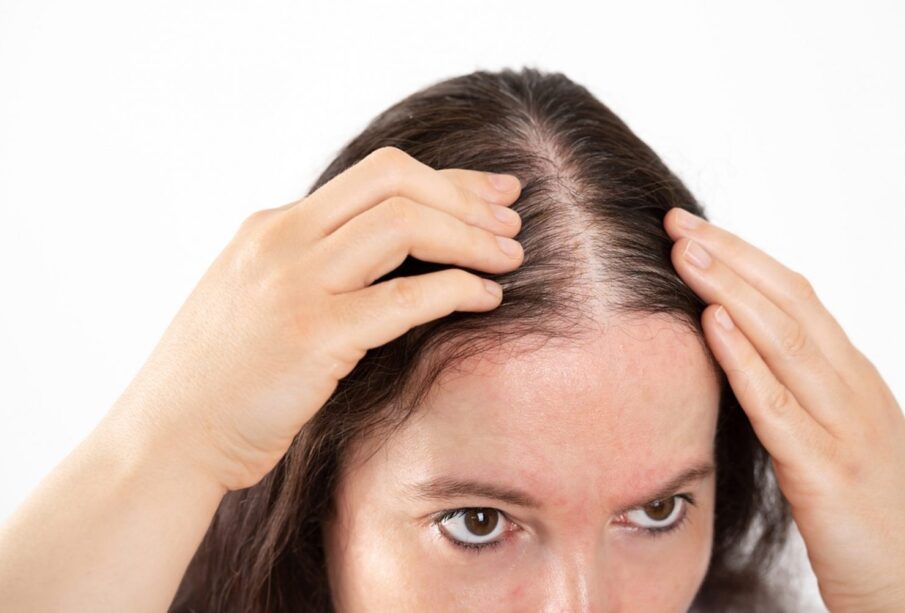Reasons and remedies for female pattern hair loss

Contrary to popular belief, at least one-third of women experience hair loss. But in contrast to males, women often experience hair thinning without going bald, and there may be a variety of underlying factors for the issue.
Some of the hair thinning and hair loss reasons female are linked to bodily inflammation. Female pattern hair loss sometimes results after hair thinning in women. The good news is that medication can often stabilize this hair loss and even make it possible for it to reverse itself. Numerous modern cosmetic techniques are available for this. Read below to know more.
Underlying causes for hair loss
Female hair loss can be caused by a variety of issues. External factors are a major reason for this. These include taking specific medications, constantly wearing hairstyles that twist the hair excessively tightly, or even stress on the body like surgery. In other circumstances, thinning hair is brought on by internal health issues, such as a thyroid issue, a change in hormone levels, a recent pregnancy, or an inflammatory condition.
Genes
Genes inherited has a part in causing female hair loss. Androgenic alopecia, also referred to as female-pattern hair loss, is the most prevalent genetic disorder. When a woman is in her 40s or 50s or later, she may start to notice a widening of the area at the top of her head. If you receive specific genes from either one of your parents or both, you might experience female pattern baldness. It may be triggered by menopause-related hormonal changes.
Inflammation
An inflammatory illness that affects the scalp is another cause of hair loss in women. It could be psoriasis, eczema, or frontal fibrosing alopecia, a disorder that frequently results in scarring and hair loss above the forehead in the front of the scalp.
Hair products
Overusing harmful hair products, as well as instruments like hair dryers and other heating appliances, are other common reasons for hair loss. Hair loss can also be a symptom of an underlying illness, an autoimmune disorder like lupus, nutritional deficiencies, or hormonal imbalances.
Medications to treat hair loss
Doctors diagnose and treat female baldness depending on the underlying cause. Sometimes treating a medical problem that is the cause of hair loss will be sufficient to encourage hair growth. In other situations, women can think about using a medicine like minoxidil, which helps with specific types of hair loss, or another method of replacing or growing back lost hair.
Injections of platelet-rich plasma (PRP) are a more recent method of treating hair loss. The doctor collects your blood for this procedure. Then they separate it into its constituent parts and then recombine the blood fluid (plasma) with a significant amount of platelets (blood cells that, among other things, aid in clotting). The preparation of that results is then reintroduced into the scalp.
Final thoughts
The science behind PRP treatment for female pattern baldness isn’t fully understood. Growth factors found in platelets can trigger the regeneration of hair follicles and other tissues as well.
Additionally, low-level LED laser lasers have been observed in some instances to be beneficial for hair regrowth in women. There will probably be even more treatments created for female pattern baldness in the near future.









